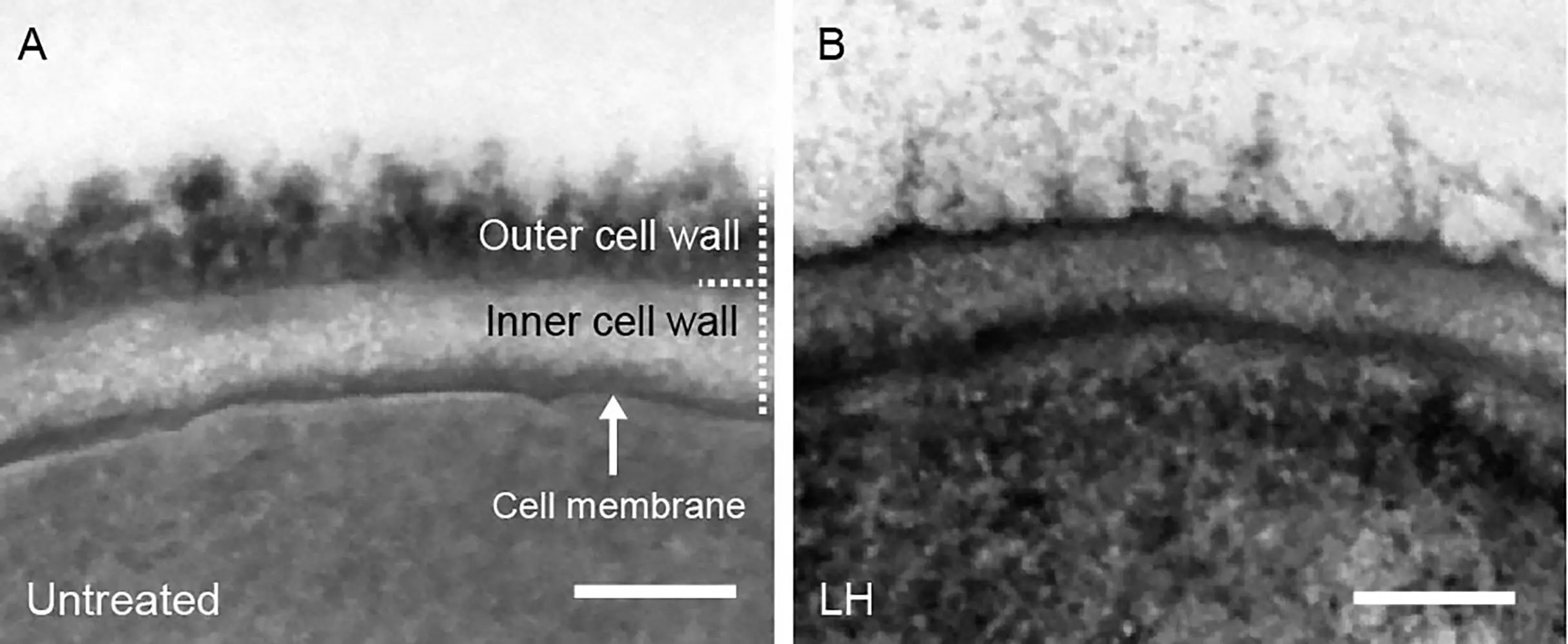Invasive fungal infections affect over 2 million people worldwide each year, with Candida species being a common culprit. These infections are often associated with high mortality rates, making the development of new therapies crucial. The demand for effective treatments is on the rise, especially as drug resistance becomes more prevalent.
Dr. Sascha Brunke and his interdisciplinary research team at the Leibniz Institute for Natural Product Research and Infection Biology have made significant strides in investigating the therapeutic potential of synthetic polymers. These long-chain compounds, which mimic naturally occurring peptides, have shown promising results in inhibiting the growth of microorganisms. The team’s findings, published in Nature Communications, highlight the effectiveness of synthetic polymers from the polyacrylamide family in combating Candida albicans.
The Role of Synthetic Polymers in Antifungal Therapy
The groundbreaking research led by Dr. Brunke and his team has shed light on the mechanism of action of these synthetic polymers. Unlike traditional antifungals that target fungal cells through a single pathway, the polymers attack the cells in multiple ways simultaneously. By hindering glycosylation on the cell surface and damaging cell walls and membranes, the polymers effectively weaken and kill the fungal cells. Moreover, the polymers enhance the immune response, aiding in the destruction of fungal cells.
The combination of synthetic polymers with existing antifungal agents, such as caspofungin, has shown remarkable efficacy without leading to the development of resistance in Candida albicans. This suggests that combination therapies with synthetic polymers could offer more sustainable and effective treatment options. Additionally, the cost-effectiveness and stability of synthetic polymers make them a viable option for low-income countries seeking to improve public health.
Future Directions and Considerations
While the research on antifungal polymers shows great promise, further studies are needed to optimize the structure of the polymers and understand their specific molecular targets within the fungus. Additionally, the safety and potential environmental impact of these polymers must be thoroughly assessed before clinical trials in humans can proceed. Despite these challenges, the research results point towards a positive direction and offer hope for the development of novel therapeutic options for invasive fungal infections.
The innovative approach of using synthetic polymers as antifungal agents represents a significant advancement in the field of fungal infection treatment. The collaborative efforts of researchers from different disciplines and countries have paved the way for potentially groundbreaking therapies that could revolutionize the current standard of care for Candida infections. While there are still hurdles to overcome, the future looks bright for the development of effective and sustainable antifungal treatments.


Leave a Reply